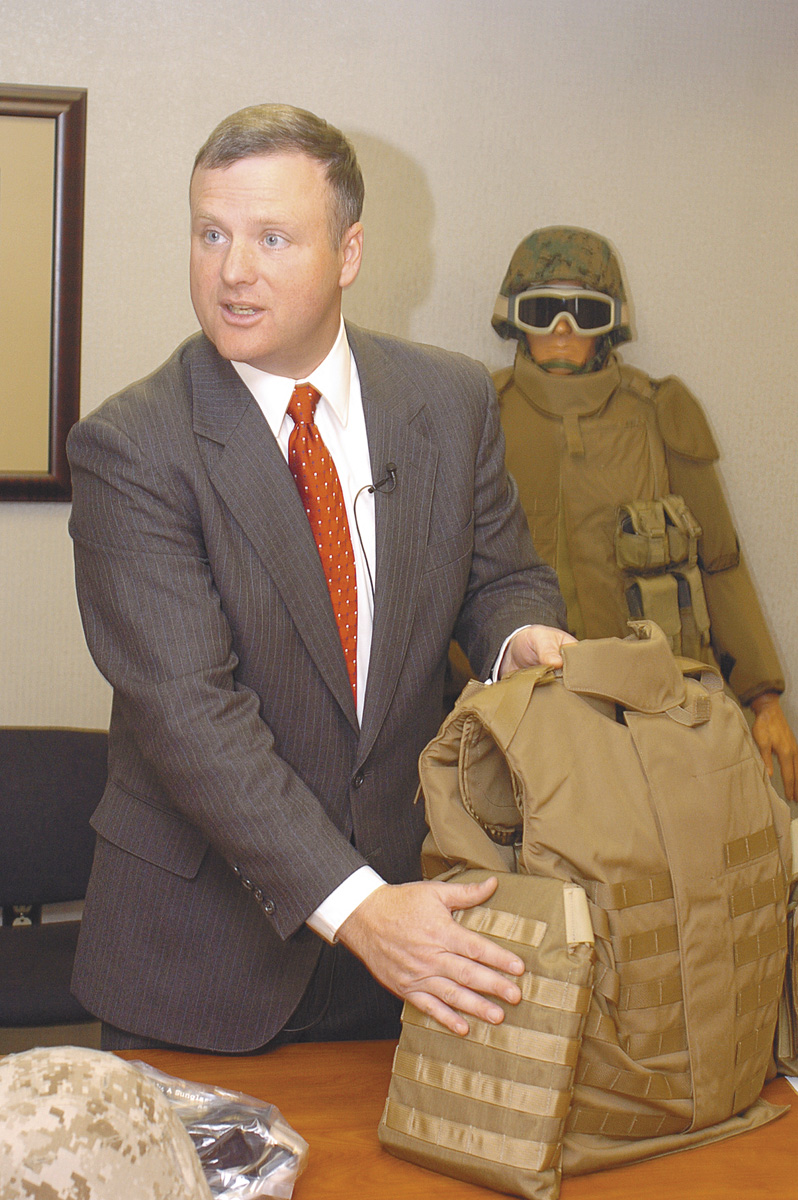Hello,
I am in the process of getting a 3mm thick aluminium panel laser cut with slots to make a Molle compatible panel which I can mount on the inside of my vehicle, (inside a window frame). I have found an excellent manufacturer and my CAD drawing is almost complete, but I am a bit unsure about the sizes of the slots/holes to use and the spaces between these slots.
From one post which I have read
The slot size suggested is: 1.25” (32mm) high x 1.5” (38mm) long.
For the metal work around the slots is made up of rows 1.25” (32mm) high and columns 0.5” (12.7mm) wide metal between the slots.
Do these dimensions sound correct?
Having tried measuring sizes on screen and reading what the specified MOLLE fabric sizes are I am seeing differences, and I guess a lot of manufacturers of panels are not sharing this info.
Any help much appreciated.
I am in the process of getting a 3mm thick aluminium panel laser cut with slots to make a Molle compatible panel which I can mount on the inside of my vehicle, (inside a window frame). I have found an excellent manufacturer and my CAD drawing is almost complete, but I am a bit unsure about the sizes of the slots/holes to use and the spaces between these slots.
From one post which I have read
The slot size suggested is: 1.25” (32mm) high x 1.5” (38mm) long.
For the metal work around the slots is made up of rows 1.25” (32mm) high and columns 0.5” (12.7mm) wide metal between the slots.
Do these dimensions sound correct?
Having tried measuring sizes on screen and reading what the specified MOLLE fabric sizes are I am seeing differences, and I guess a lot of manufacturers of panels are not sharing this info.
Any help much appreciated.







